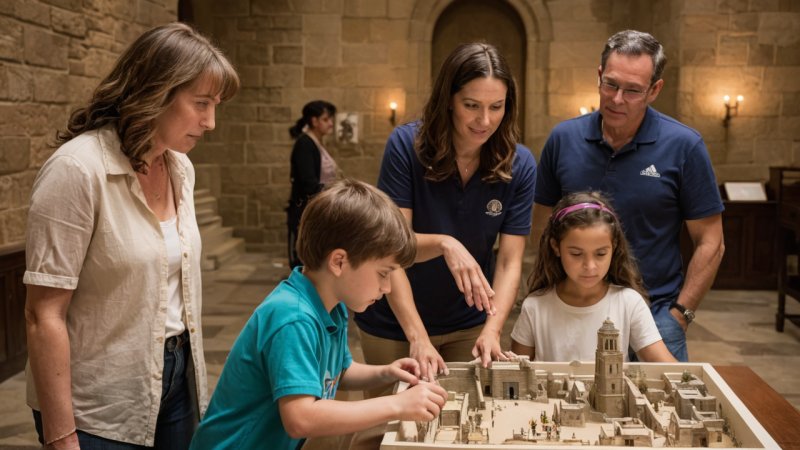Introduction
Traveling with family can be an enriching experience, especially when it involves exploring historical sites that not only entertain but also educate. In this article, you will learn how to plan a family trip to historical destinations, ensuring that both children and adults have a memorable experience. We’ll cover tips on selecting sites, preparing your family, and making the most of your visits.
Step 1: Choose the Right Historical Sites
Start by selecting historical sites that cater to families. Consider the following factors:
- Age Appropriateness: Look for sites that offer activities or exhibits suitable for your children’s age group.
- Interactive Experiences: Choose destinations that provide guided tours, hands-on exhibits, or reenactments to keep the kids engaged.
- Educational Value: Opt for places that offer insights into history, culture, and heritage that can spark your children’s curiosity.
Step 2: Research and Plan Your Trip
Once you've selected the sites, it’s time to plan your itinerary:
- Gather Information: Use travel guides, blogs, and websites to gather information about the historical sites. Look for visitor reviews, tips for families, and any seasonal events.
- Check Opening Hours: Verify the opening times and any special events happening during your visit.
- Book in Advance: If necessary, make reservations for guided tours or special exhibitions to avoid disappointment.
Step 3: Prepare Your Family
Preparation is key to ensuring a smooth experience:
- Educate Your Kids: Share interesting facts or stories about the historical sites you'll visit to build excitement.
- Pack Wisely: Bring snacks, water, and comfortable clothing. Consider a backpack for easy carrying and essentials like sunscreen and hats.
- Set Expectations: Discuss the itinerary with your family, emphasizing the fun elements while preparing them for the educational aspects.
Step 4: Engage During Your Visit
While at the historical site, keep your family engaged:
- Ask Questions: Encourage kids to ask questions during tours to enhance their understanding and interest.
- Participate in Activities: Join in on interactive exhibits, workshops, or guided tours that cater specifically to families.
- Take Breaks: Schedule breaks to avoid overwhelming the kids. Use this time to reflect on what you’ve learned.
Step 5: Reflect on the Experience
After your visit, take some time to reflect:
- Share Thoughts: Discuss what each family member enjoyed most about the trip. This helps reinforce learning.
- Document the Journey: Encourage kids to create a scrapbook or journal entry about their favorite moments.
- Connect to the Future: Relate the historical experiences to current events or future learning opportunities.
Conclusion
Exploring family-friendly historical sites can be a rewarding adventure filled with learning and bonding. By choosing the right locations, planning effectively, engaging your family during visits, and reflecting afterwards, you can create lasting memories that inspire a love for history in the younger generation. Happy travels!






